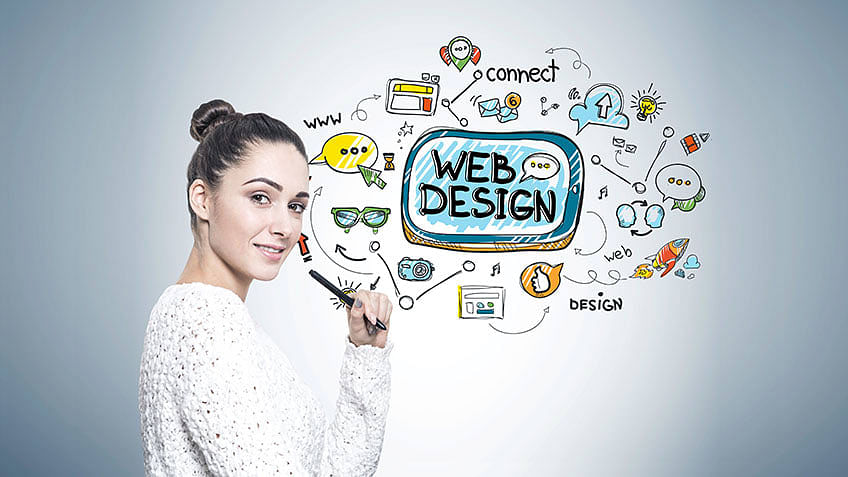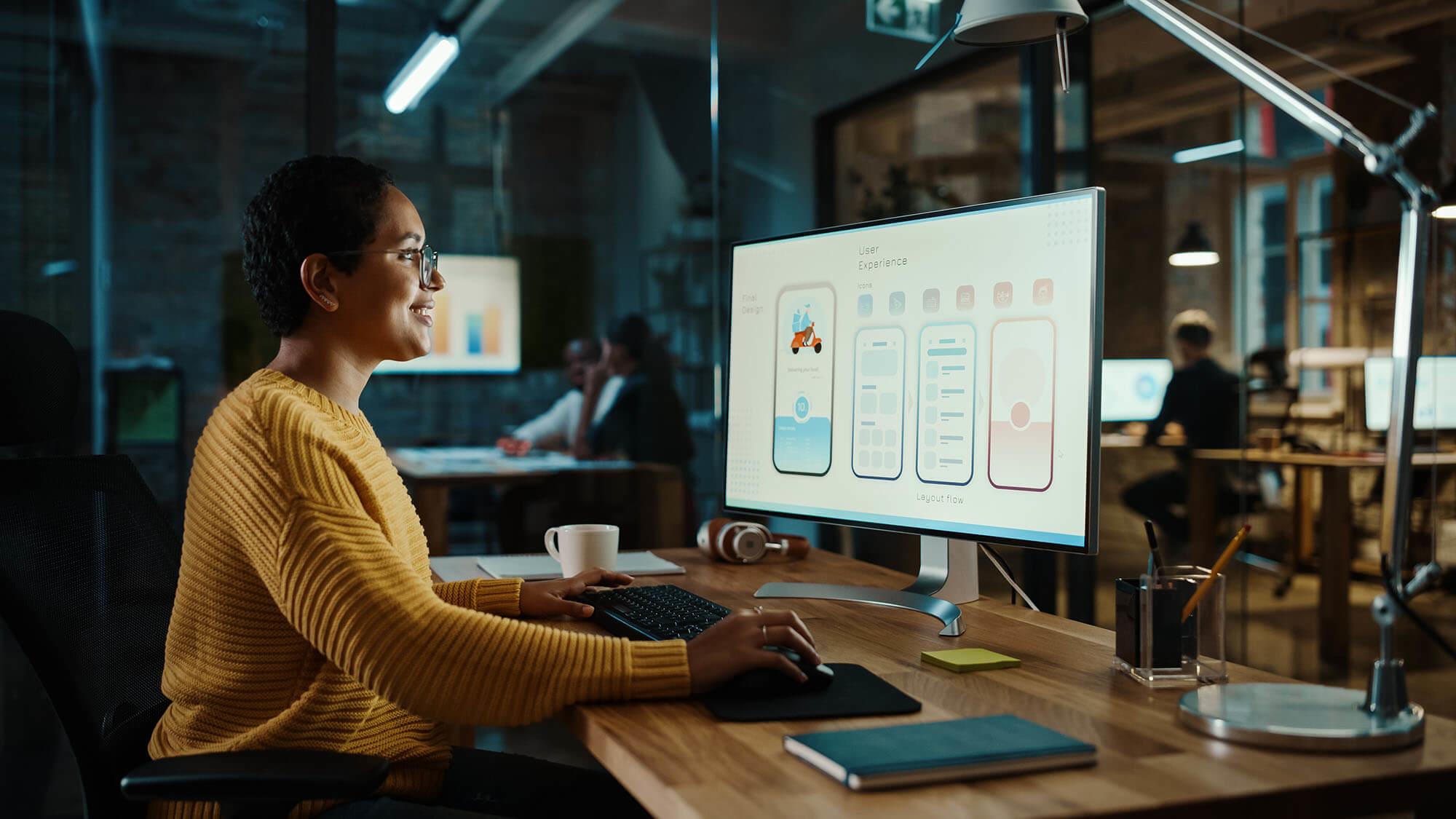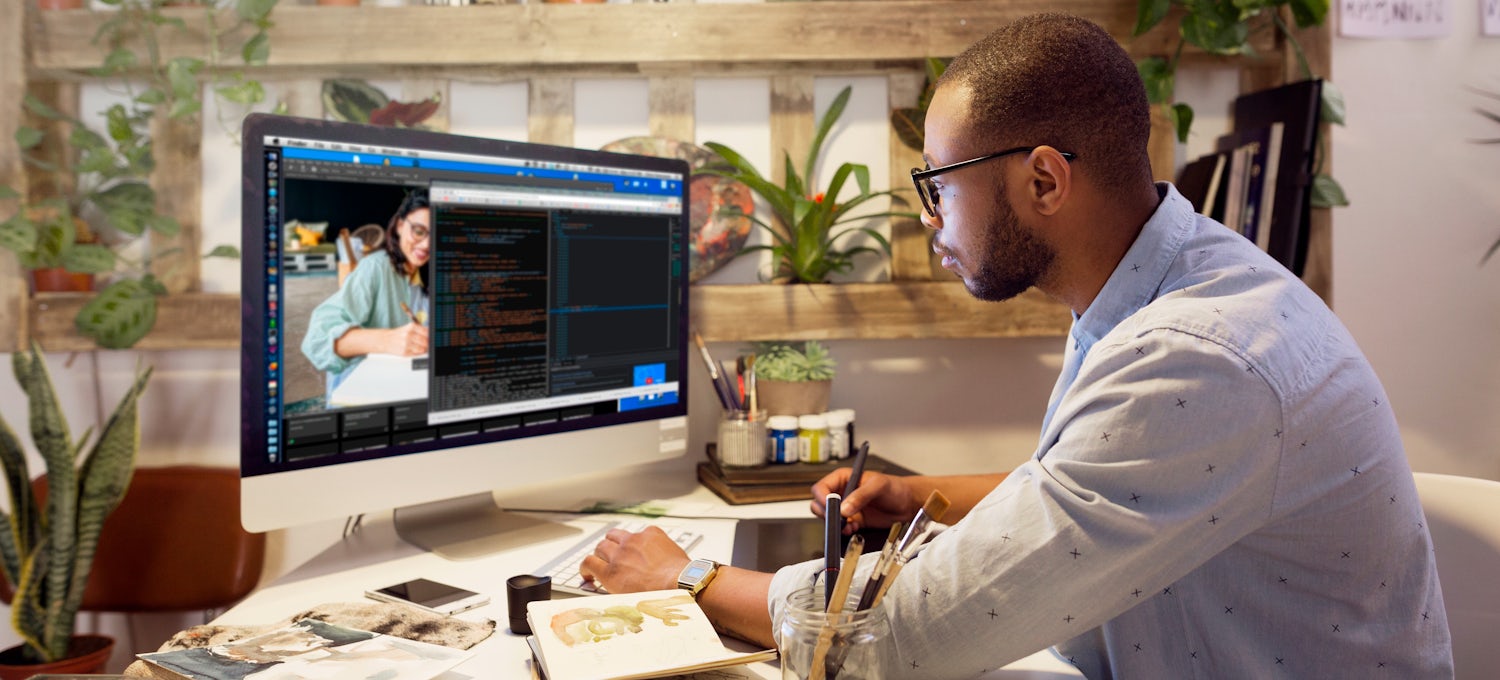The Very Best Types of Website Design to Boost Customer Experience and Involvement
In the ever-evolving landscape of digital communication, the performance of Web style significantly affects user experience and interaction. Different style techniques, such as minimalist, responsive, and interactive formats, each offer distinct benefits that can accommodate varied customer requirements. Comprehending which sorts of website design ideal serve these goals can be pivotal for companies intending to improve consumer satisfaction and retention. The question stays: which design components really reverberate with individuals and foster significant involvement? The exploration of these concepts reveals critical understandings that may redefine your method to website design.
Minimal Website Design
As electronic landscapes come to be progressively cluttered, minimal Web design has emerged as an effective strategy to enhancing user experience. This style ideology prioritizes simpleness, concentrating on crucial aspects while eliminating unnecessary distractions. By using sufficient white room, uncomplicated navigation, and a restricted color combination, minimal style cultivates clearness and guides customer attention to vital content.
The core principle of minimalist website design is to produce a smooth interaction for individuals. By decreasing cognitive load, customers can quickly realize details without really feeling bewildered. This direct method not just improves usability however likewise urges involvement, as visitors are much more most likely to discover a site that is aesthetically appealing and very easy to navigate.
Furthermore, minimal layout frequently stresses typography and images, utilizing these elements purposefully to communicate messages efficiently. In essence, minimal Web design is not simply a pattern; it is a thoughtful approach that identifies the importance of user-centered style.
Responsive Website Design
In today's diverse electronic atmosphere, responsive Web design has actually ended up being essential for creating a seamless user experience across a plethora of devices. As customers accessibility web sites on smart devices, laptops, desktop computers, and tablets, the ability of a web site to adjust its layout and material to different screen dimensions and resolutions is crucial.
Receptive website design utilizes versatile grids, photos, and CSS media queries to make sure that Web material exists ideally, despite the tool used. This strategy not just boosts the aesthetic allure of a web site yet likewise significantly boosts use. Customers are a lot more likely to engage with a website that provides a consistent experience, as it removes the disappointment of needing to zoom in or scroll exceedingly.
In addition, online search engine, including Google, prioritize mobile-friendly websites in search rankings. By adopting responsive design, companies can enhance their exposure and reach a more comprehensive audience. This method additionally streamlines web site maintenance, as a single version of the site can satisfy all gadgets, minimizing the requirement for several versions. In recap, responsive website design is an essential practice that improves individual experience, involvement, and overall satisfaction.
Interactive Web Design
Responsive website design lays the foundation for enhancing individual experience, yet interactive website design takes this a step even more by involving customers in a more dynamic way - Aligned Position Web Design. By integrating components such as computer animations, clickable prototypes, and real-time feedback, interactive Web style astounds customers, attracting them into a richer browsing experience
This method not only promotes interaction however likewise urges customers to discover content proactively instead of passively eating it. Methods such as gamification, where individuals earn benefits for completing jobs, can considerably improve the moment invested on a website and enhance general fulfillment. In addition, interactive attributes can streamline intricate details, making it a lot more satisfying and digestible.

Integrating interactive design aspects can additionally result in higher conversion prices, as customers are most likely to engage with a site that actively includes them. Aligned Position Web Design. Inevitably, interactive website design transforms individual experiences right into remarkable journeys, making certain that site visitors return time and once again
Flat Design
Characterized by its minimalistic method, flat style stresses simpleness and capability, removing away unneeded components and focusing on necessary attributes. This layout ideology prioritizes usability, ensuring that users can navigate user interfaces easily and performance. By employing a clean visual, flat design eliminates the mess typically discovered in extra elaborate styles, thus enhancing customer concentrate on material and capability.
The trademark of flat style hinges on its use strong shades, straightforward typography, and geometric forms. These components contribute to a visually appealing interface that is both contemporary and approachable. In addition, level style fosters a sense of quality, allowing individuals to determine important activities and details without diversion.
Moreover, level design is specifically efficient in responsive Web layout, as its simplicity equates well throughout different Visit Website gadgets and screen sizes. By focusing on essential features, flat style not just satisfies individual needs however additionally urges seamless interaction, making it an essential element of effective Web layout approaches.
Adaptive Website Design
Flexible website design customizes the individual experience by developing several fixed layouts customized to various screen sizes and devices. Unlike receptive style, which fluidly changes a single layout, flexible style uses unique designs for specific breakpoints, making sure ideal discussion on different systems. This approach allows developers to concentrate on the one-of-a-kind characteristics of each device, enhancing usability by delivering specifically what users require based on their context.
Among the primary benefits of flexible Web layout is its ability to enhance load times and performance. By serving tailored web content and photos that fit the customer's gadget, sites can reduce data use and boost loading speeds. This is especially helpful for individuals with slower connections or limited data strategies.

Furthermore, flexible layout helps with a more consistent and regulated branding experience. Given that developers create several designs, they can make certain that the visual elements line up with the brand's identity across various platforms - Aligned Position Web Design. This results in a cohesive user experience, enhancing interaction and advertising individual retention
Verdict
To conclude, the assimilation of minimal, responsive, and interactive Web design principles considerably enhances check my site individual experience and interaction. Minimal design cultivates clearness and emphasis, while responsive style ensures flexibility throughout various tools, advertising ease of access. Interactive layout mesmerizes customers via dynamic components, motivating expedition and customization. Jointly, these layout comes close to contribute to the production of easy to use settings that not only boost fulfillment yet additionally drive higher conversion prices, highlighting their important significance in contemporary website design methods.

Minimal style cultivates quality and emphasis, while receptive layout makes certain adaptability throughout various devices, promoting access. Jointly, these layout comes close to add to the development of easy to use atmospheres that not only enhance fulfillment yet additionally drive greater conversion news prices, emphasizing their essential importance in modern Web layout methods.